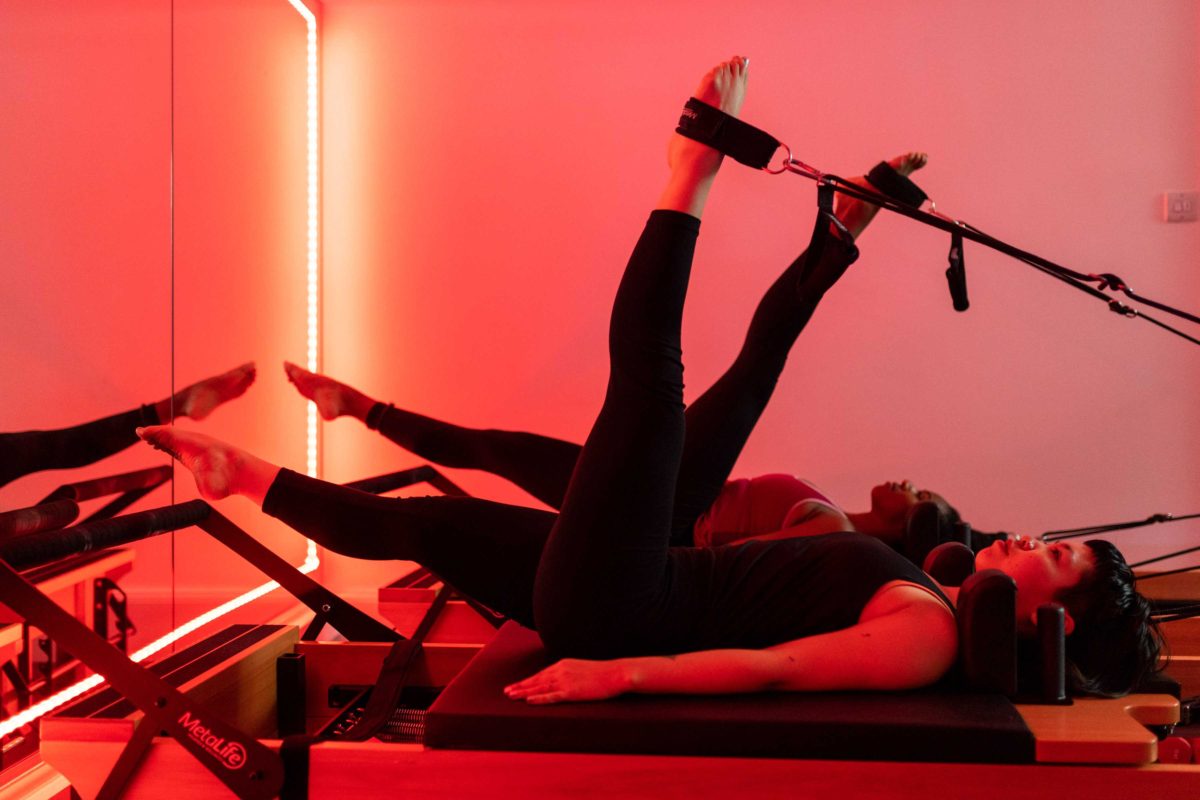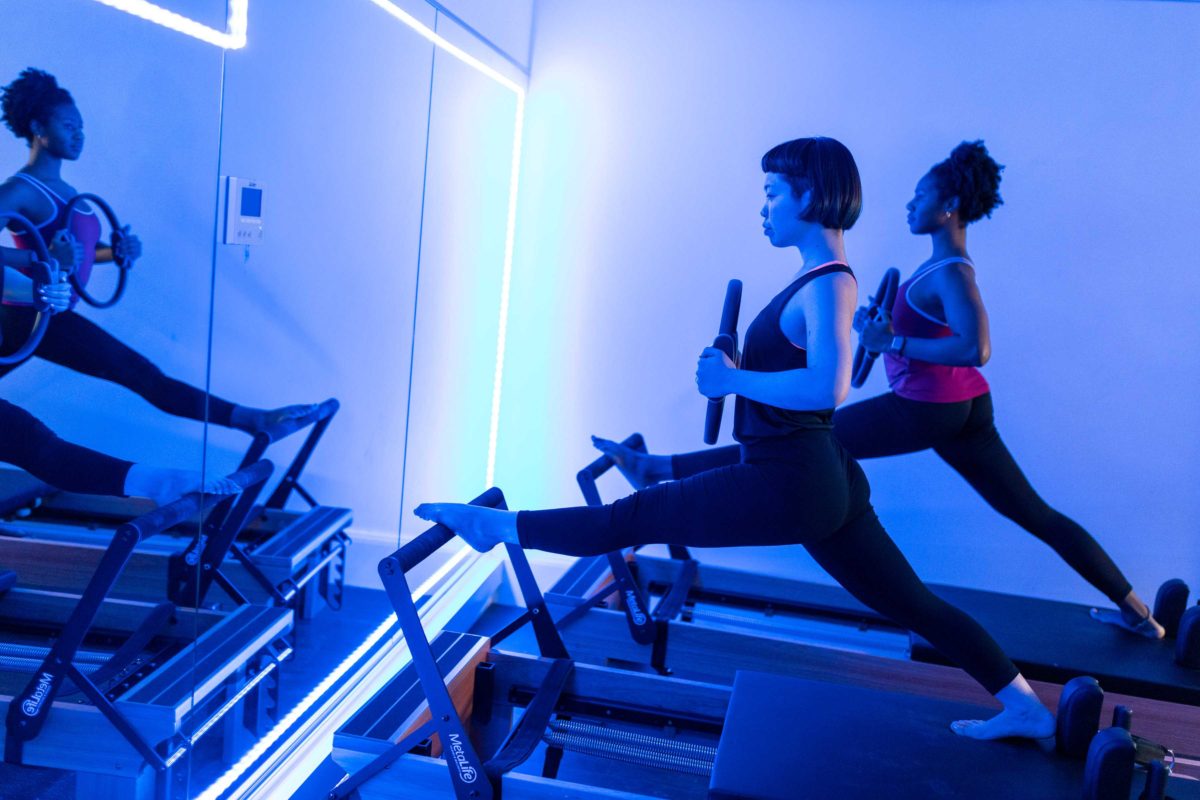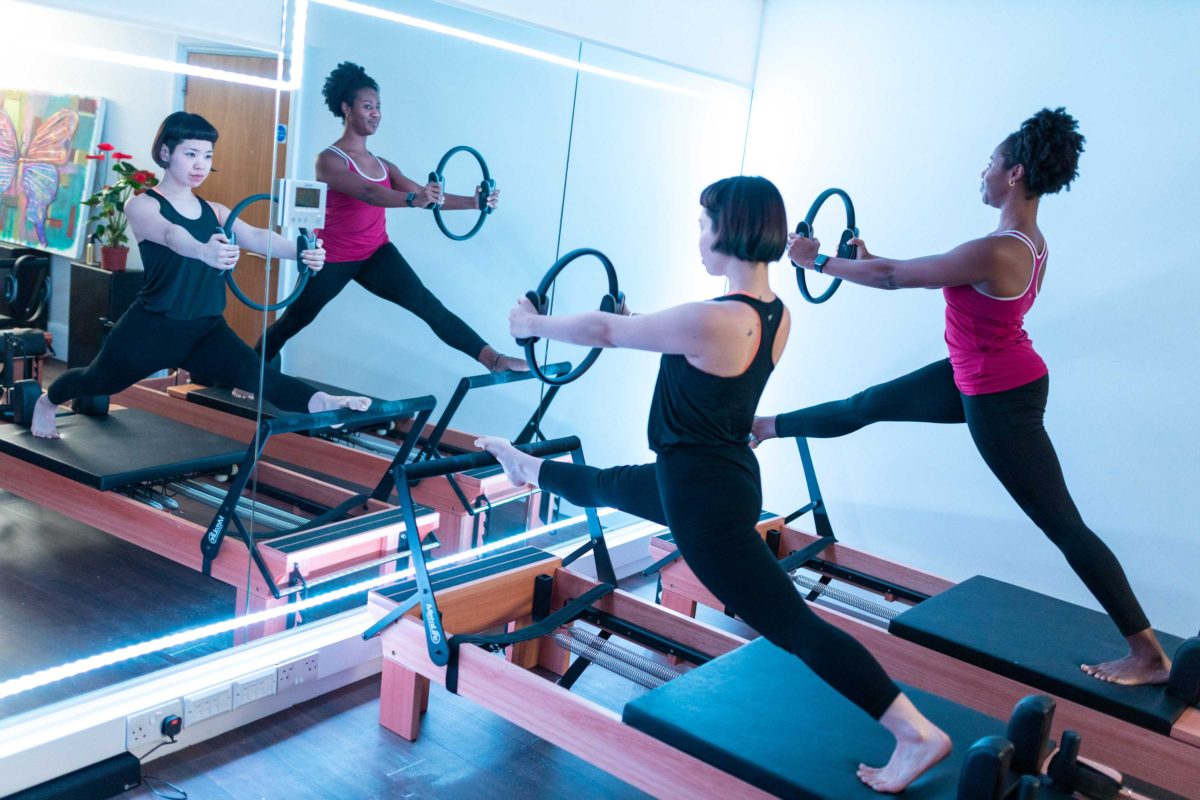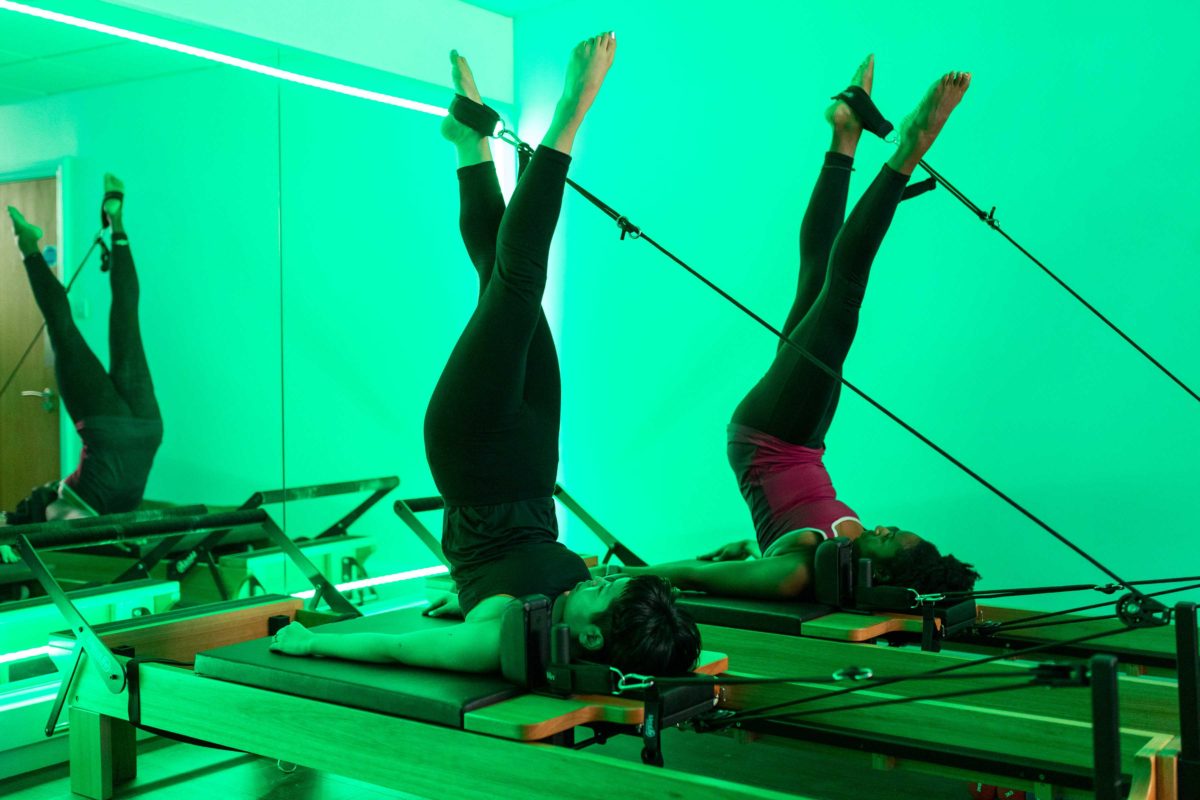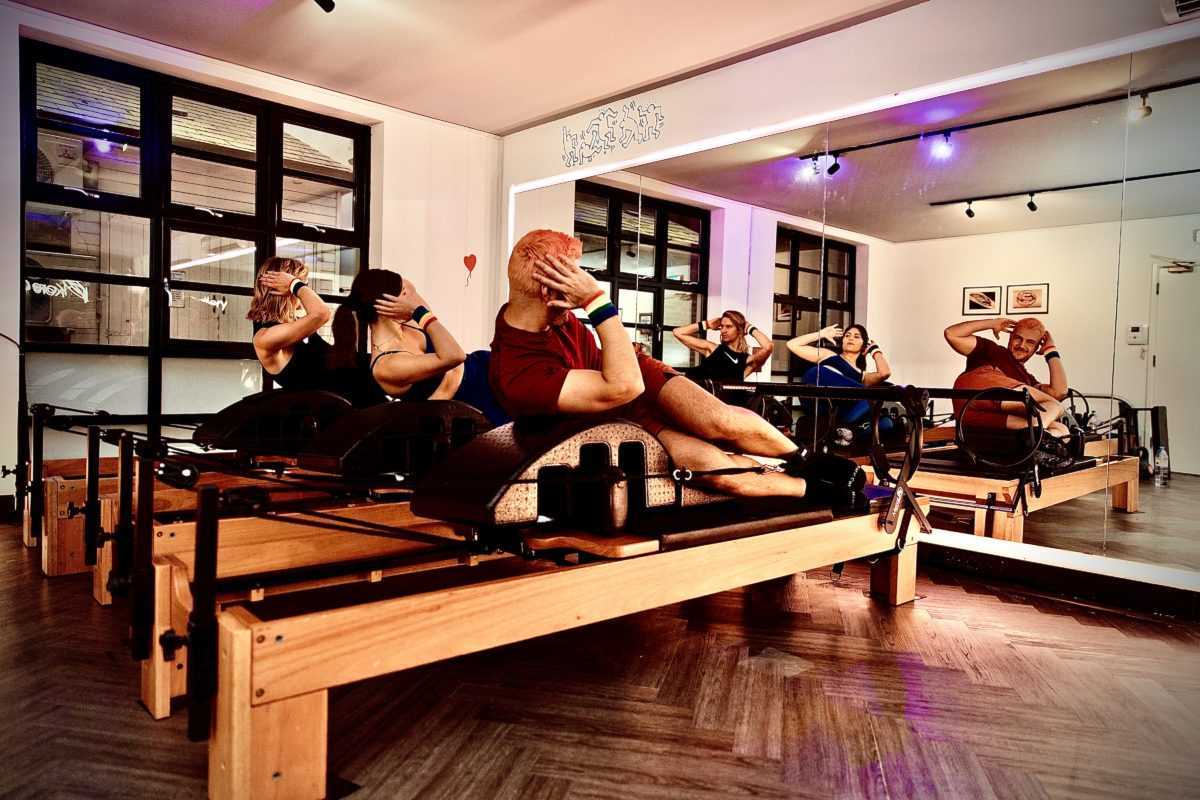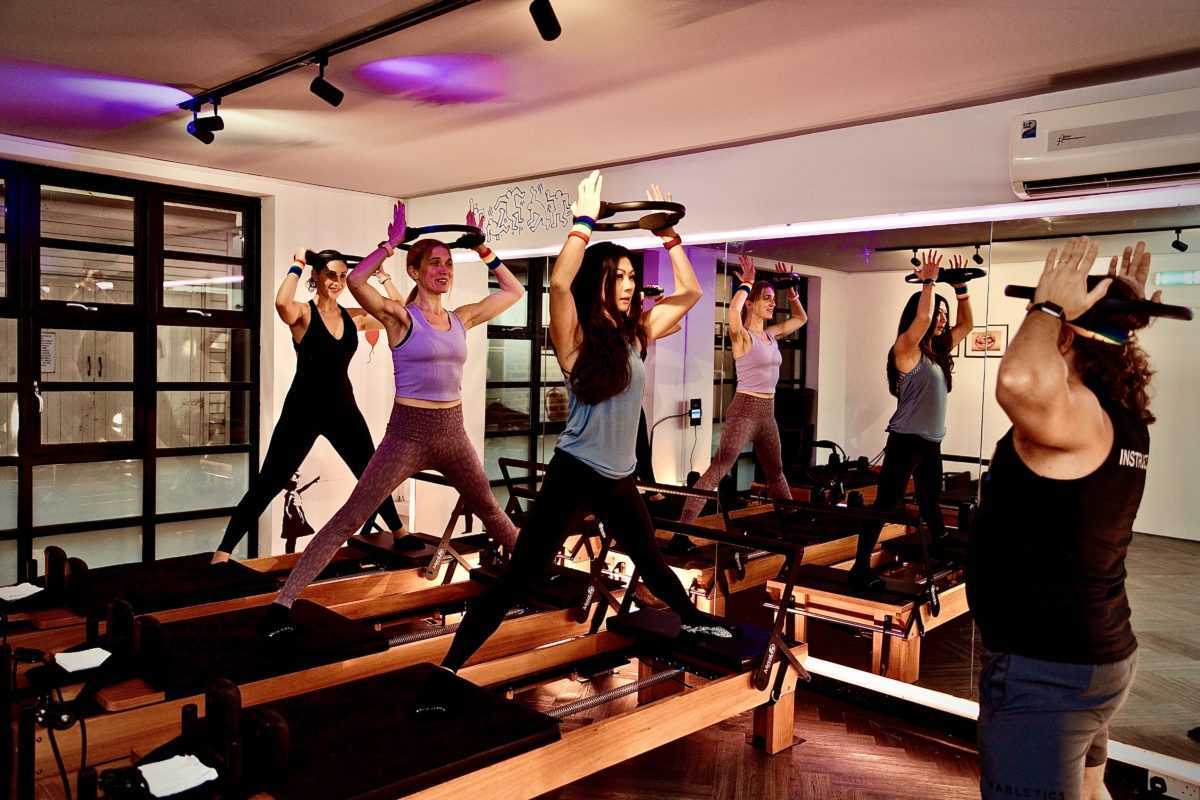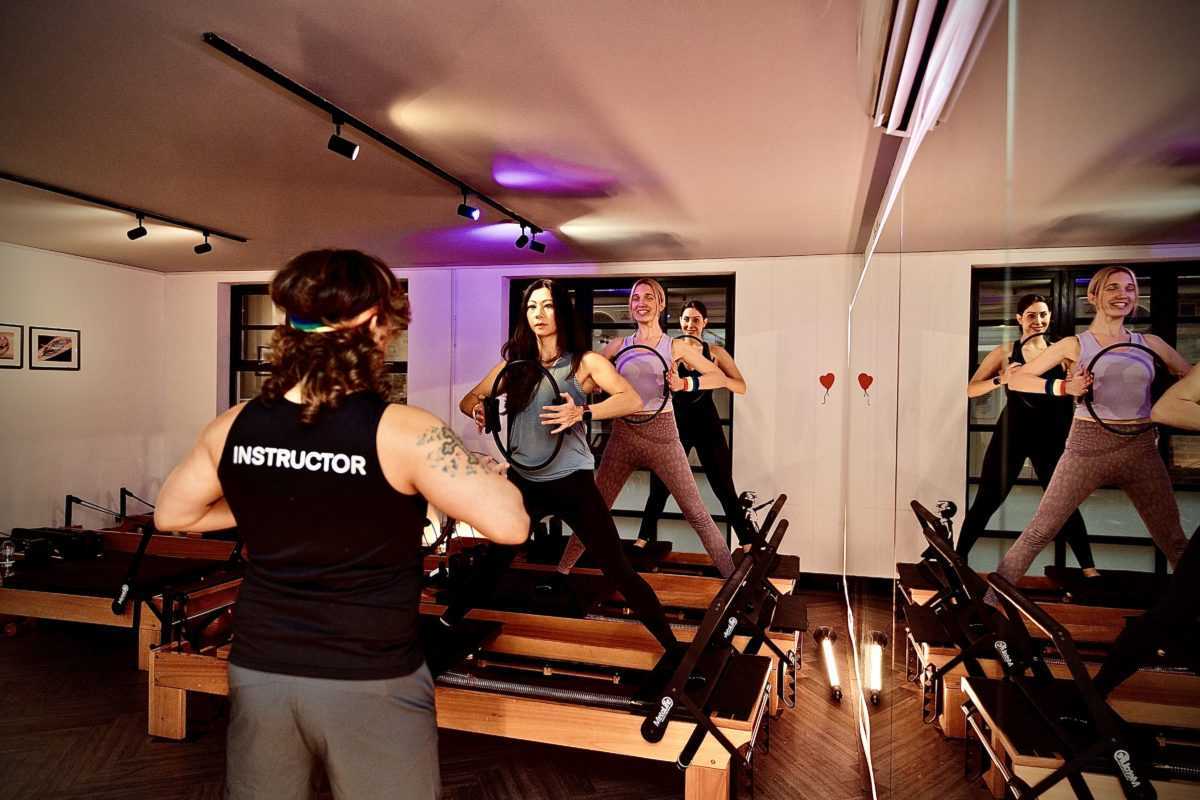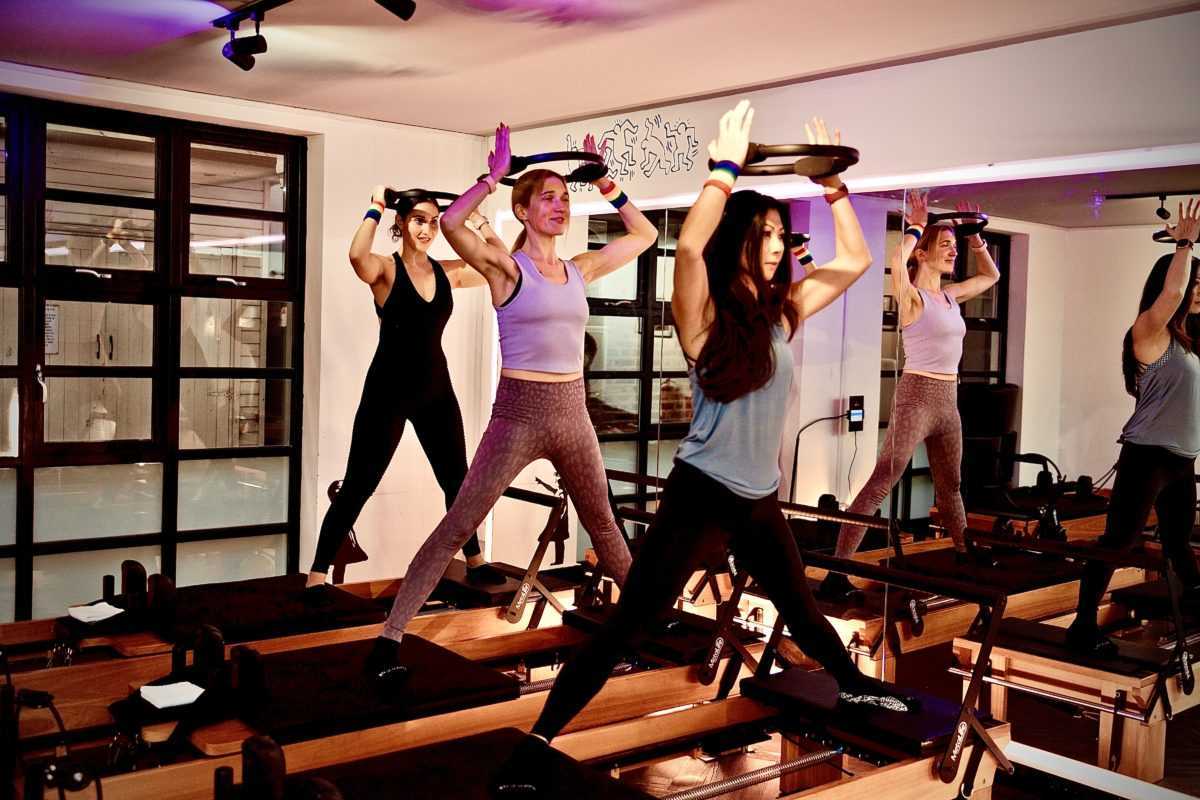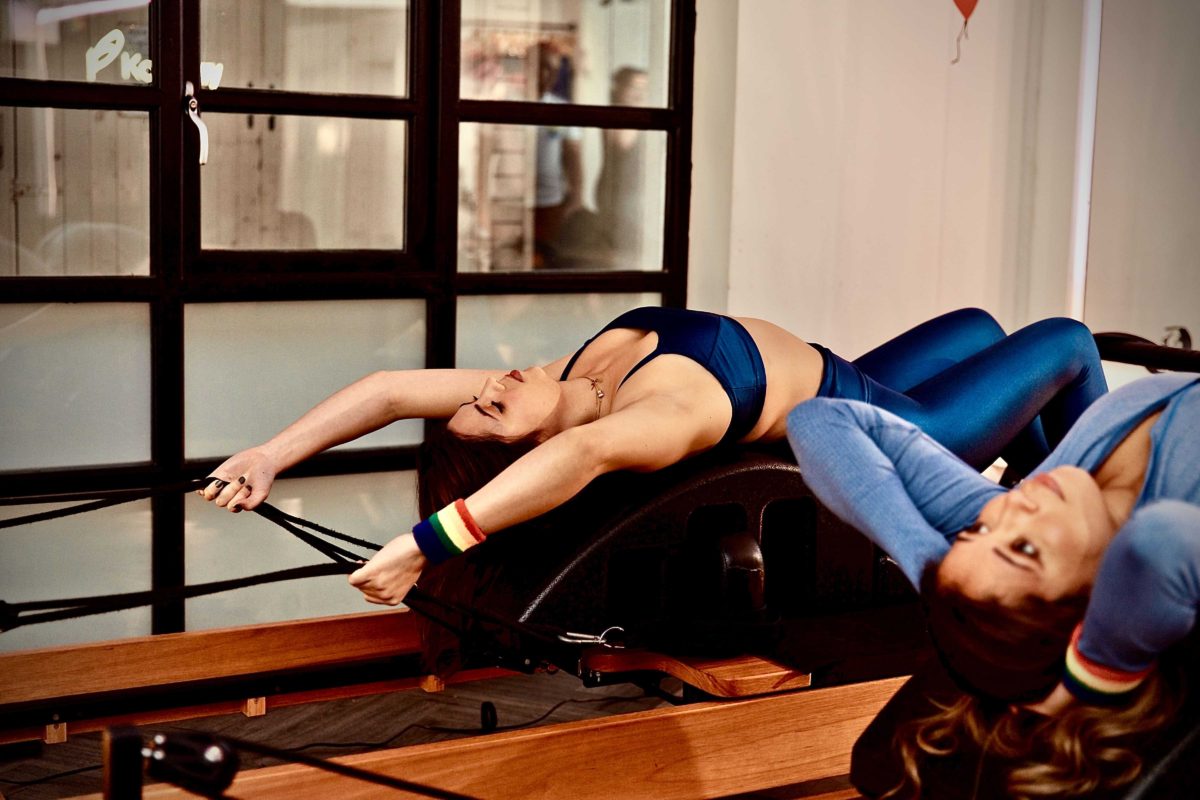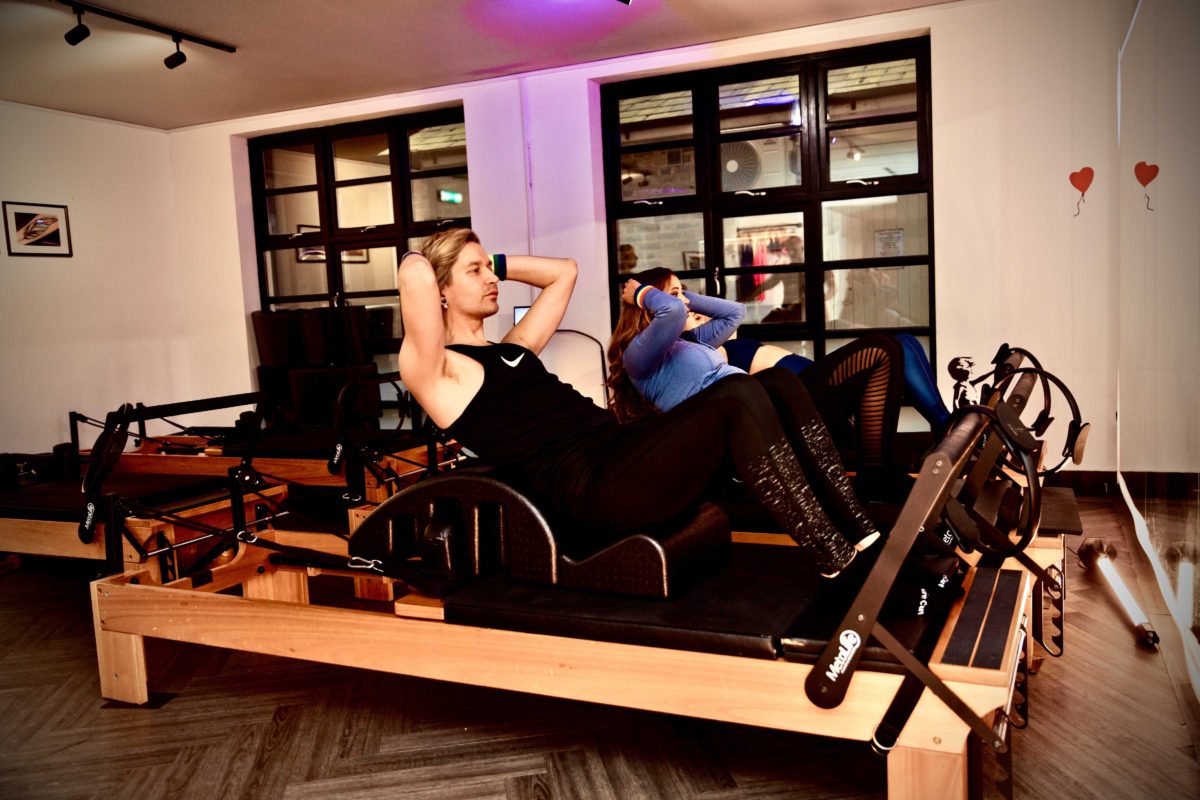Kore Gallery is a leading fitness studio that offers a range of pilates classes and equipment to help individuals achieve their fitness goals. We understand that every individual has unique needs and fitness goals, which is why we offer personalized training programs to cater to all levels of fitness. In this article, we will explore the benefits of pilates in managing multiple sclerosis (MS).
Understanding Multiple Sclerosis
Multiple sclerosis (MS) is a chronic autoimmune disease that affects the central nervous system. It is characterized by the destruction of the protective coating around nerve fibers, which can lead to a range of symptoms, including muscle weakness, fatigue, and difficulty with coordination and balance. MS is a progressive disease, meaning that symptoms can worsen over time.
How Pilates Can Help Manage Multiple Sclerosis
Pilates is a form of exercise that emphasizes the mind-body connection. It involves a series of controlled movements that focus on strengthening the core muscles, improving flexibility and balance, and enhancing body awareness. By incorporating pilates into their daily routine, individuals with MS can improve their physical function and overall well-being.
Advantage #1: Improved Balance and Coordination
MS can cause a range of symptoms that affect balance and coordination, which can increase the risk of falls and injury. Pilates can help to improve balance and coordination by focusing on core stability and strengthening the muscles that support the spine. By improving balance and coordination, individuals with MS can maintain their independence and reduce their risk of injury.
Advantage #2: Increased Flexibility
MS can cause muscle stiffness and spasticity, which can make it difficult to move and perform daily activities. Pilates can help to improve flexibility by stretching and lengthening the muscles. By increasing flexibility, individuals with MS can improve their range of motion and reduce muscle stiffness and spasticity.
Advantage #3: Strengthened Core Muscles
The core muscles are the muscles that support the spine and provide stability to the body. MS can weaken these muscles, which can lead to back pain and poor posture. Pilates can help to strengthen the core muscles by focusing on movements that target these muscles. By strengthening the core muscles, individuals with MS can improve their posture and reduce the risk of back pain.
Advantage #4: Reduced Fatigue
Fatigue is a common symptom of MS that can significantly impact daily activities. Pilates can help to reduce fatigue by improving cardiovascular endurance and increasing energy levels. By incorporating pilates into their daily routine, individuals with MS can improve their overall energy levels and reduce the impact of fatigue on their daily activities.
Advantage #5: Improved Mood
MS can have a significant impact on an individual’s mental health and well-being. Pilates can help to improve mood by releasing endorphins, which are natural mood-boosting chemicals in the brain. By improving mood, individuals with MS can reduce feelings of depression and anxiety and improve their overall quality of life.
In conclusion, pilates can be an effective way to manage the symptoms of MS. By improving balance and coordination, increasing flexibility, strengthening the core muscles, reducing fatigue, and improving mood, pilates can help individuals with MS improve their physical function and overall well-being.
At Kore Gallery, we offer a range of pilates classes that cater to all levels of fitness. Whether you are a beginner or an experienced practitioner, we have something for you. Contact us today to learn more about how we can help you manage the symptoms of MS and achieve your fitness goals.


